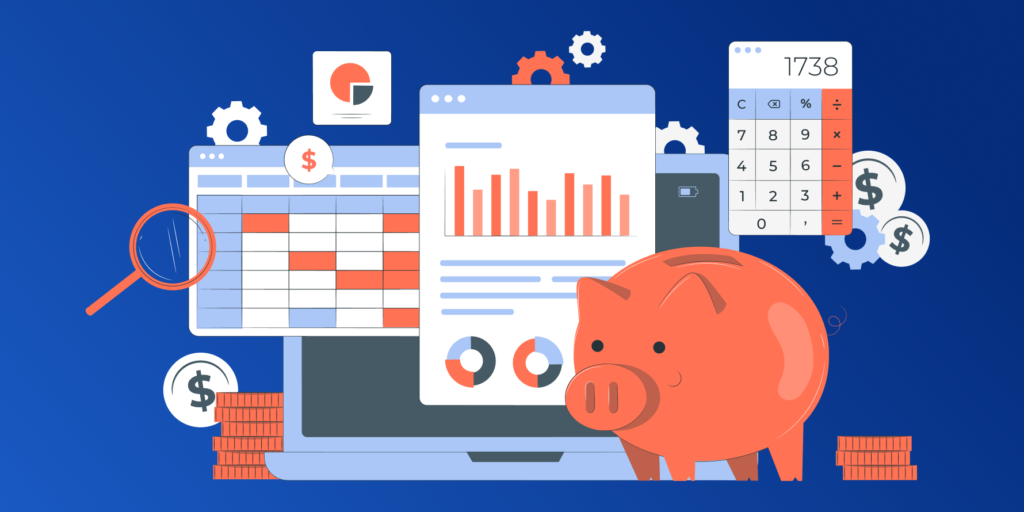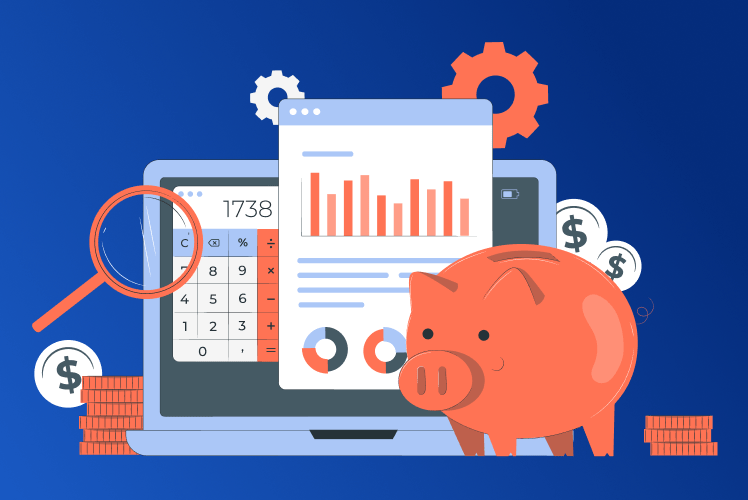Table of Contents
Say, you have this amazing idea for a software product but you are not too sure about whether it’s going to be a success or not. How do you test your idea with real users without spending tremendous amounts of time and money on the development process? The answer is MVP.
A minimum viable product is something that most startups begin with and it’s also a critical factor behind the success of many apps. However, many businesses also fail in their first years of launch – so how do you make sure your MVP serves as a base for success (and not the opposite)? We’ve compiled this article to guide you through the intricacies of developing a great MVP.

The MVP is not dead and here is why
If you google “MVP is dead”, you’ll see dozens of articles claiming that the concept of MVP is outdated and you should focus on MLP (minimum lovable product) or RAT (Riskiest Assumption Tests) instead. However, there is one important thing to remember before raising that shovel to dig the MVP’s grave: it’s not dead, you’ve just been doing it wrong.
A minimum viable product is a product version with just enough features to attract early adopters and test the product idea with real users. The main purpose of the MVP is to collect feedback and adjust your idea on the go, while major changes can still be made without spending too much time and money.
An important thing to remember is that an MVP is not a product prototype since many people tend to confuse these two concepts. A prototype can be called a product idea in a tangible form and is used to communicate your vision to the development and design teams. It is a lightweight version of the product but it’s not fully functional. MVP, on the other hand, is a minimal yet fully functional version of a product that brings value to users.
The main business benefits of MVP
Now, this might sound confusing. Why would you want to build a minimalistic version of a product when you can just build a full-fledged product from the start? However, there are several reasons why business owners still prefer entering the market with MVPs. Let’s have a closer look:
- Testing the product idea with real users: MVP allows you to see whether the product will be relevant and useful and how users will react to it.
- Collecting valuable feedback: with MVP, you won’t have to do any guesswork trying to figure out what needs to be adjusted – users will be the ones telling you that.
- Less time and money spent on development: since MVP allows immediately testing the product and learning about needed changes, you’ll be able to deliver the final product version faster and in a cost-efficient way.
In short, MVP allows seeing whether your product will be a success and if yes, the collected feedback will guide further development. Speaking of which, let’s now look at the main steps of developing an MVP that will not only work but will also be valuable and relevant to users.
The main steps of MVP development
Developing a minimum viable product is less complex than developing a full-fledged one from start, yet MVP development requires a thoughtful approach. Otherwise, you’ll find yourself with a useless product on your hands that won’t bring you anything but a headache. We’ll walk you through the main steps of MVP development to focus on and note that each stage plays an important role in the success of your MVP.
Do market research and define a user group
Because you want to know how well the audience will receive your product, the first obvious step would be conducting market research. An important thing to note though: define one user group only and test your product with this group.
It often happens that a product appeals to several user groups and the needs and interests of each are to be considered. But with minimum viable product, you want everything to be as simple and quick as possible. So you don’t want to go into complex and massive research, define several user groups, and tailor your MVP to all of them. Instead, choose the primary one and focus on it.
In addition to defining the user group and its needs, pay attention to your competition as well. You’ll want to analyze the biggest players in the segment and what they do right (as well as what they do wrong). This will help you navigate through the biggest bottlenecks and outdo your competition with a great unique selling point aka USP. And yes, you’ll need to define a USP in advance too before you begin the development.
Define a user flow
Since MVP is aimed at quickly delivering the needed value to users, the user flow of your product needs to be as simple and short as possible. The question is what is a user flow and how do you define one?
A user flow is a user journey or a list of actions that a user takes while interacting with the product. A user flow typically ends with a user receiving an expected value – and if a user flow is too confusing or complex or long, users will most likely abandon the product.
Thus, after understanding who your target audience is, the next step will be outlining the user flow. For that, you’ll need to put yourself in the user’s shoes and outline a list of all actions one will take when interacting with your product. Remember to keep the user flow short, sweet, and simple – the navigation should be intuitive and user-friendly, not overcomplicated with unnecessary steps.
List and prioritize features
The next step may be the hardest for some business owners since it requires listing down all features that you’d like to see in a product and then cutting them down since the core ones are left.
Prioritization of features is highly important because you don’t want unnecessary ones in your MVP. There are normally:
- High-priority features: the core ones that users expect and that help deliver value to users;
- Medium-priority features: nice-to-have ones and users enjoy them but these features do not have a critical impact on the product quality;
- Low-priority features: add-ons that do not impact product performance or quality but serve as a nice and/or unexpected bonus.
When developing an MVP, you’ll need high-priority features only – not even medium-priority ones. This is where user flow will come in handy – it will help you understand what actions users are most likely to take and what actions may possibly be skipped.
Develop and launch
After you prioritized features and defined your target audience to focus on, it’s time to assemble your MVP and prepare it for the launch. It is important to state that you’ll need to develop a prototype in order for everyone on the team to understand how the MVP is supposed to function and look.
Even though MVP stands for a minimum viable product, it doesn’t mean you should overlook its performance and quality. After all, MVP is intended to bring value to the users so all its features need to be realized in a highly efficient way. As for the development time, it normally takes several months to create a functioning MVP. And obviously, when looking for a software vendor, try paying attention to the ones that focus on MVP development or have rich experience in it.
Collect feedback
Once your MVP is ready and released, it’s time to analyze the product by collecting user feedback and monitoring several KPIs. The ones that can help you during this stage include churn rate, retention rate, customer acquisition cost, and revenue per user. As you can see, all of them measure the level of interest from the user’s side and whether users are willing to pay to use your product.
As well, we highly recommend collecting feedback in the form of questionnaires, surveys, or focus groups. In this way, you’ll be able to receive detailed feedback on what users like and what they found inconvenient or useless. This will allow you to quickly adjust the product to their liking without guessing what might be wrong.
Best practices for creating an MVP
We’ve discussed the core steps of developing a functioning and useful MVP and the rest of the process is pretty much similar to developing any other software product. But to make things even clearer, let’s now talk about the biggest tips on designing a great MVP:
- Focus on usability: because you want your MVP to be valuable, it’s essential that users find it intuitive and user-friendly even if the product has core functionality only.
- Strictly adhere to the deadlines: by following the schedule and deadlines, you will be able not only to quickly roll out the MVP to the market but also avoid adding any unnecessary features to it.
- Test new ideas: MVP is all about testing so instead of doing something well-tried, do not hesitate to experiment with ideas.
Summing up
As a company that has rich experience in building MVPs, we can confidently say that a minimum viable product remains highly relevant among company owners as a method of testing a product idea. On the other hand, not many people fully understand how to approach its development and how to turn an MVP into a profitable business asset. Hence, it is vital to do thorough preliminary research and have a solid idea of what exactly MVP and its purpose are. Otherwise, you’ll find yourself stuck and MVP will bring you nothing but lost time and resources.



Comments